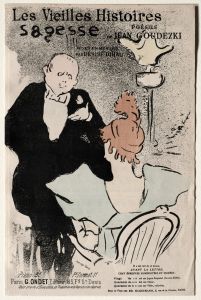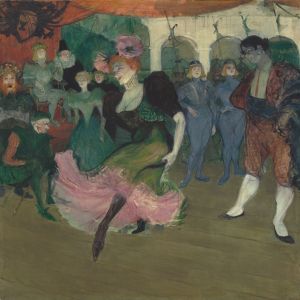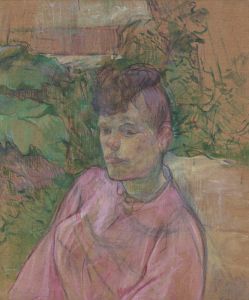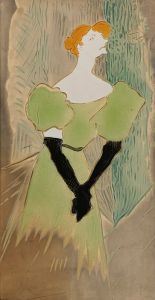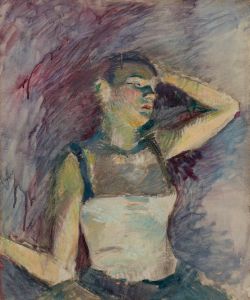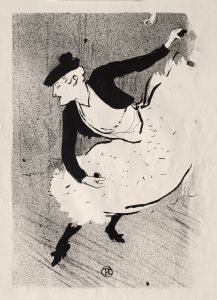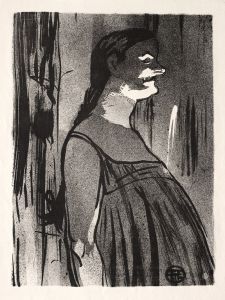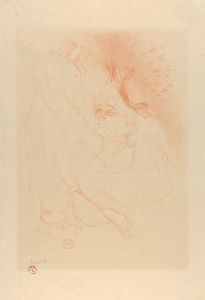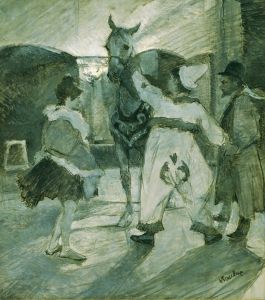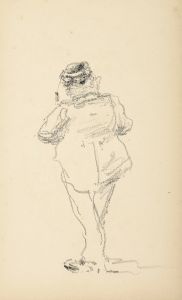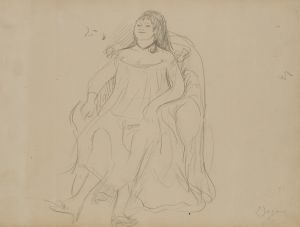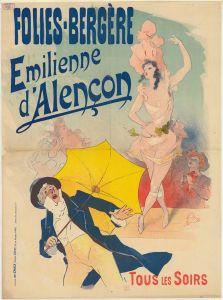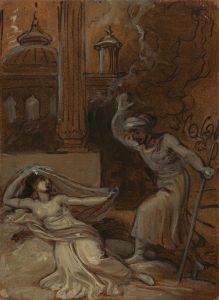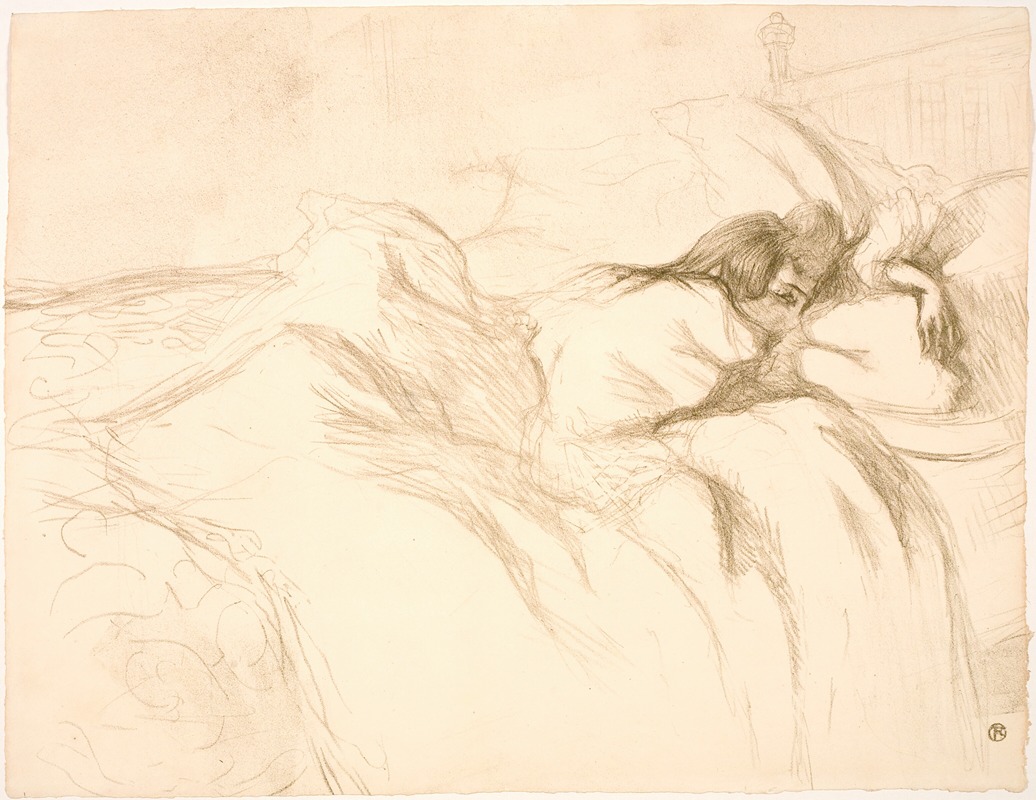
Femme Couchée, Réveil
A hand-painted replica of Henri de Toulouse-Lautrec’s masterpiece Femme Couchée, Réveil, meticulously crafted by professional artists to capture the true essence of the original. Each piece is created with museum-quality canvas and rare mineral pigments, carefully painted by experienced artists with delicate brushstrokes and rich, layered colors to perfectly recreate the texture of the original artwork. Unlike machine-printed reproductions, this hand-painted version brings the painting to life, infused with the artist’s emotions and skill in every stroke. Whether for personal collection or home decoration, it instantly elevates the artistic atmosphere of any space.
Henri de Toulouse-Lautrec was a prominent French painter, printmaker, draughtsman, and illustrator known for his depictions of the Parisian nightlife in the late 19th century. One of his works, "Femme Couchée, Réveil," captures the intimate and candid moments that are characteristic of his oeuvre. Although specific details about this particular painting are not extensively documented, it can be contextualized within Toulouse-Lautrec's broader body of work and artistic style.
Toulouse-Lautrec was born in 1864 into an aristocratic family in Albi, France. Despite his noble lineage, he is best known for his association with the bohemian lifestyle of Montmartre, a district in Paris that was a hub for artists, writers, and performers during the Belle Époque. His work often focused on the vibrant and sometimes seedy underbelly of Parisian society, capturing scenes from cabarets, dance halls, and brothels.
"Femme Couchée, Réveil," which translates to "Reclining Woman, Awakening," likely depicts a woman in a private, unguarded moment. This theme is consistent with Toulouse-Lautrec's interest in portraying the human figure in relaxed and informal settings. His approach to such subjects was often characterized by a sense of immediacy and spontaneity, achieved through his fluid line work and keen observational skills.
Toulouse-Lautrec's style was influenced by several factors, including his formal training under academic painters and his exposure to Impressionism and Japanese ukiyo-e prints. The latter, in particular, had a significant impact on his use of line and composition. In "Femme Couchée, Réveil," one might observe the influence of these elements in the way the figure is rendered with a sense of intimacy and immediacy, capturing a fleeting moment in time.
The artist's personal life was marked by physical challenges; he suffered from a genetic disorder that stunted his growth and left him with a distinctive appearance. These challenges, however, did not hinder his artistic output. Instead, they may have contributed to his empathetic portrayal of the marginalized individuals he often depicted in his work.
Toulouse-Lautrec's paintings and prints are celebrated for their ability to convey the essence of the Belle Époque era, with its mix of glamour and grit. His work provides a window into the lives of performers, patrons, and workers in the entertainment industry, highlighting the humanity and individuality of his subjects.
While specific information about "Femme Couchée, Réveil" is limited, it can be appreciated as part of Toulouse-Lautrec's exploration of the human condition. His ability to capture the subtleties of human expression and emotion continues to resonate with audiences today, making his work an enduring part of art history.
In summary, "Femme Couchée, Réveil" exemplifies Henri de Toulouse-Lautrec's skill in portraying intimate moments with sensitivity and insight. Although details about this particular painting are scarce, it remains a testament to his unique perspective and artistic legacy.





